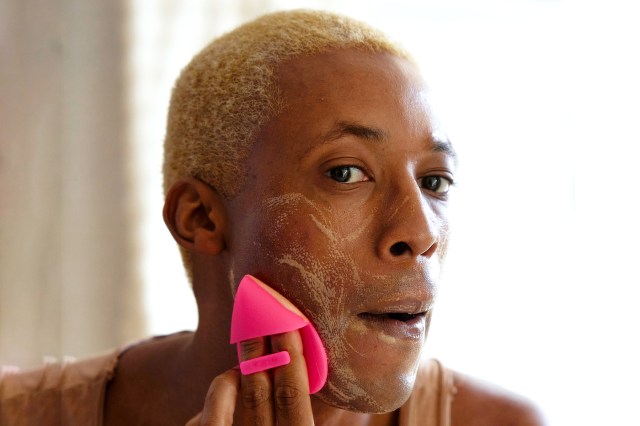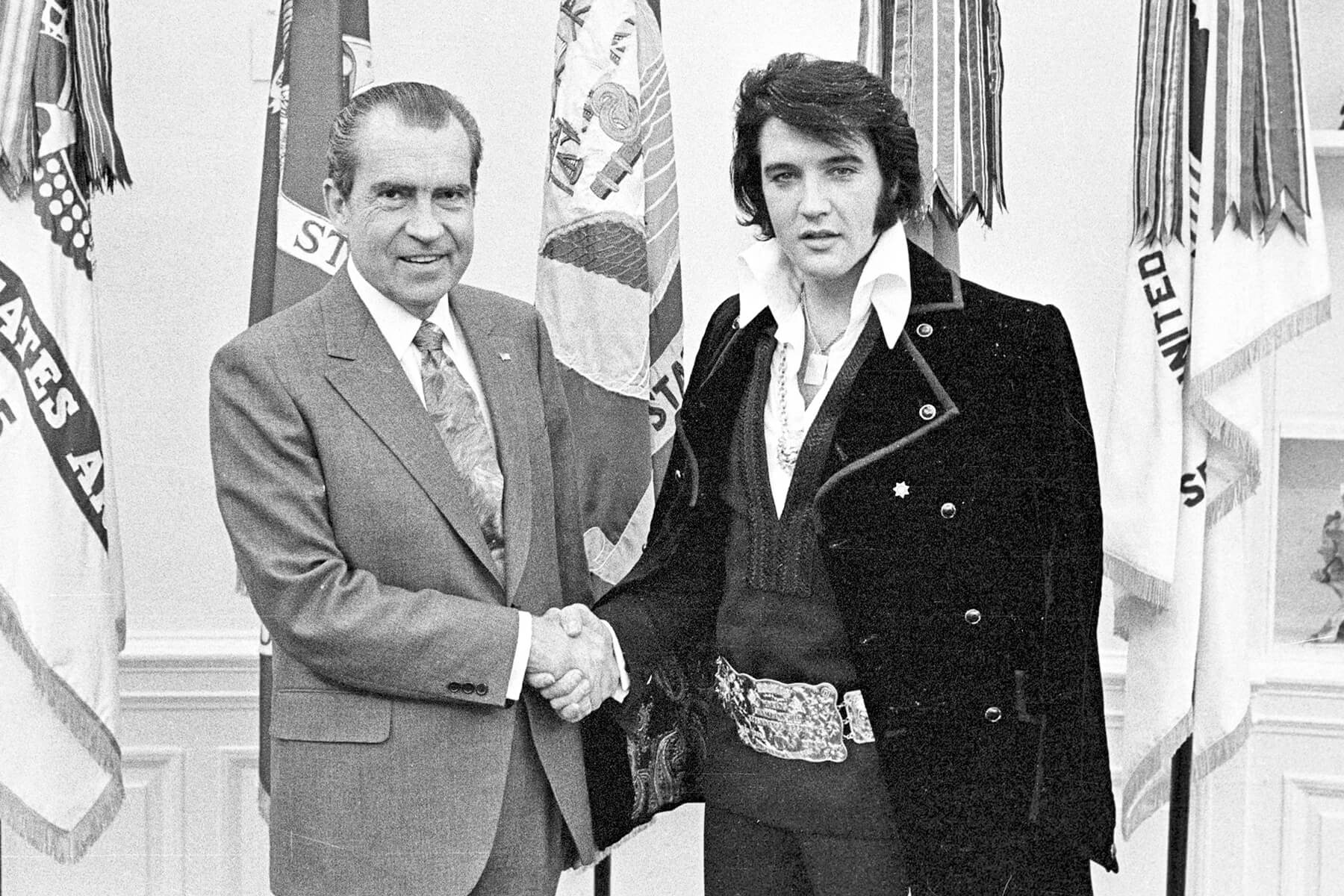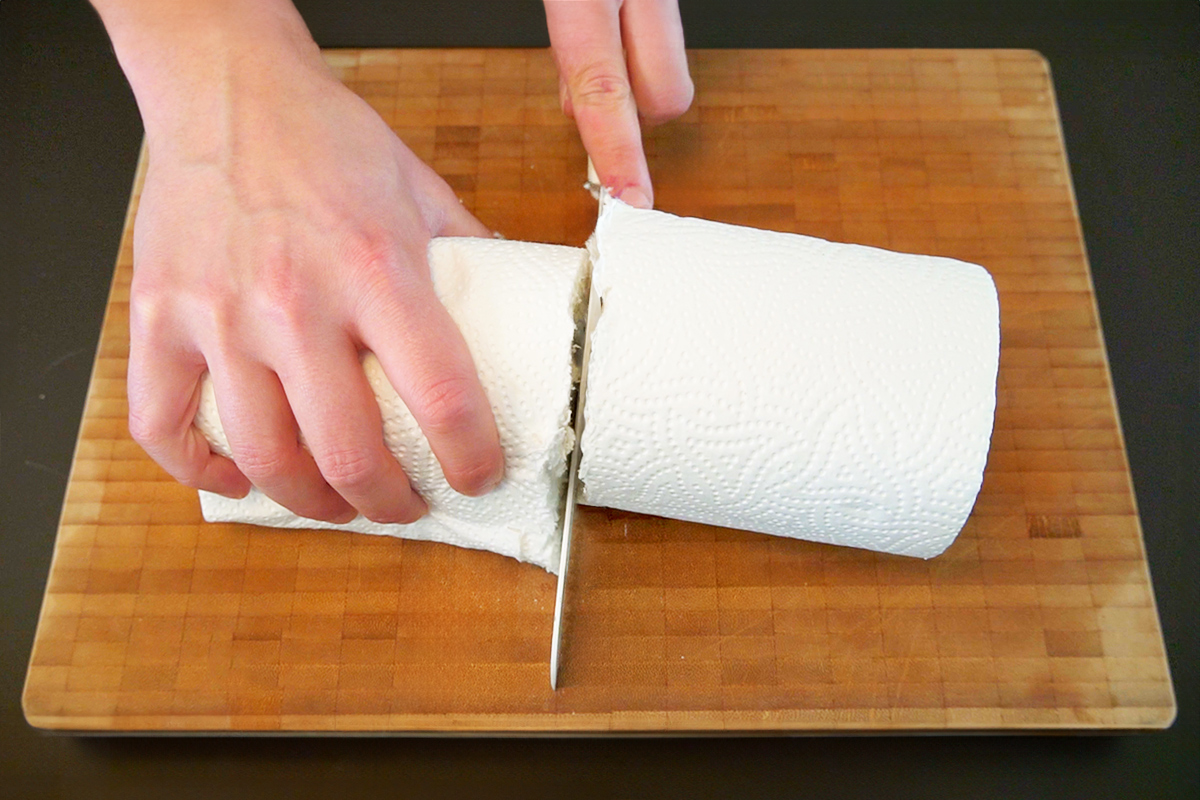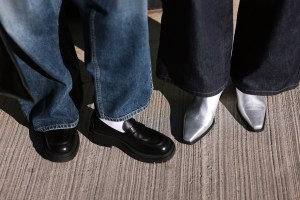You probably don’t need us to tell you that washing your face is an essential part of an effective skin care routine. Cleansing helps remove dirt, makeup, excess oil, and other debris that can clog your pores, dull your complexion, and even contribute to some signs of aging. But you’ll only reap those benefits if you’re cleansing properly — and a viral beauty trend called the “60-second rule” suggests that many of us aren’t.
Proponents of the trend claim that you should be washing your face for a minimum of one minute — any less, and you may not be getting all the goods from your cleanser. To find out whether there’s any truth to this claim, we spoke with board-certified dermatologist and Harvard Medical School assistant professor Dr. Abigail Waldman, M.D., FAAD. Here, Dr. Waldman shares her thoughts on the “60-second rule” and offers some face-washing tips worth keeping in mind.

What Is the ‘60-Second Rule’?
The 60-second rule first emerged in 2021 when aesthetician Nayamka Roberts-Smith posted a TikTok video urging her followers to wash their face for a minimum of one minute. In the video, she claimed “most people only wash their face for 15 to 20 seconds, but that’s not nearly enough time for the ingredients in your face wash to do what they have to do.” Cleansing for a minute, she insisted, “allows your cleanser enough time to soften sebum, penetrate your pores, and soften the skin.” Two years later, the technique went massively viral on social media with folks searching for cleaner skin.
The trend has become especially popular among skin care enthusiasts. Videos about the method are accompanied by captions insisting, “My skin has never looked better!” or calling it “life-changing!” (In one particularly popular video, TikToker Anna F. Curtis calls it “the biggest game-changer in my skin care routine since tretinoin.”) Normally, when we hear a claim that hyperbolic, we’re skeptical — but a quick skim of the hashtag on TikTok suggests that there may be some merit to the hack.

Is There Any Truth to the ‘60-Second Rule’?
According to Dr. Waldman, “your face accumulates quite a bit” of debris throughout the day — think sunscreen, makeup, oil, and even air pollution, if you live in a populous city. Washing your face removes that debris, but it doesn’t work instantly: It takes time to break down those impurities so they can be washed away. Exactly how much time varies depending on the cleanser, but Dr. Waldman suggests lathering up “somewhere between 30 seconds and a minute” to get the best cleanse possible.
There is, however, a caveat — and it’s a big one. If you’re using a cleanser designed to address a specific skin concern, like acne, you’ll want to wash your face for a bit longer. That may go against your assumption (you’d think that active ingredients, being stronger, should be used more sparingly), but Dr. Waldman says “they need to be on your face for quite a while” to do what they’re advertised to do. She suggests a minimum of one minute and up to two minutes for products containing benzoyl peroxide or other acne-fighting ingredients. Keep in mind that you don’t have to actively scrub your face for the full two minutes — you can just apply your cleanser, lather, and let it sit while you wash your body or hair (just don’t forget to rinse when you’re done).

Can You Overwash Your Face?
While Dr. Waldman notes that the 60-second cleansing technique is generally suitable for everyone, the development of skin concerns such as dryness, redness, or sensitivity may be a sign you’re overdoing it. If you find your face feeling tighter or drier than usual, she suggests paring back your routine a bit. “If you feel like your skin barrier is being disrupted washing twice a day, it might be too much for you,” she says. “Listen to your skin, and [know that] it’s fine to skip the face wash in the morning if that’s the case — just [rinse] with water.”
This article is for general informational purposes only.
Affiliate Disclaimer Medical Disclaimer
















 Unique Beauty is free for all users.
Unique Beauty is free for all users.